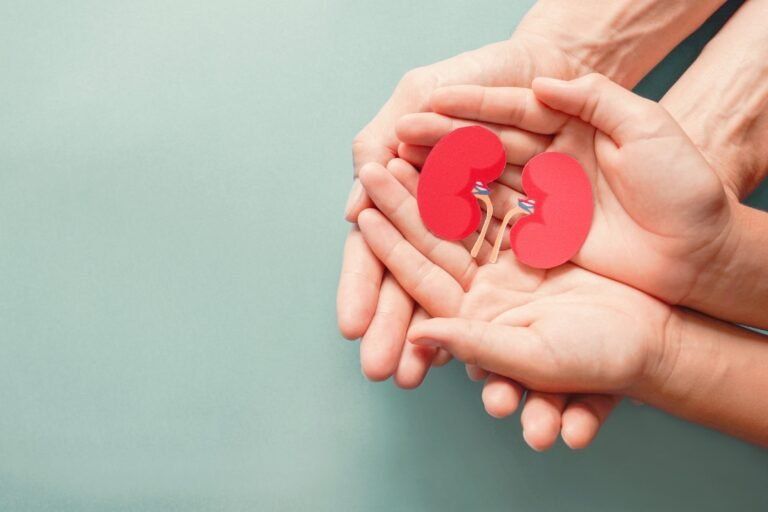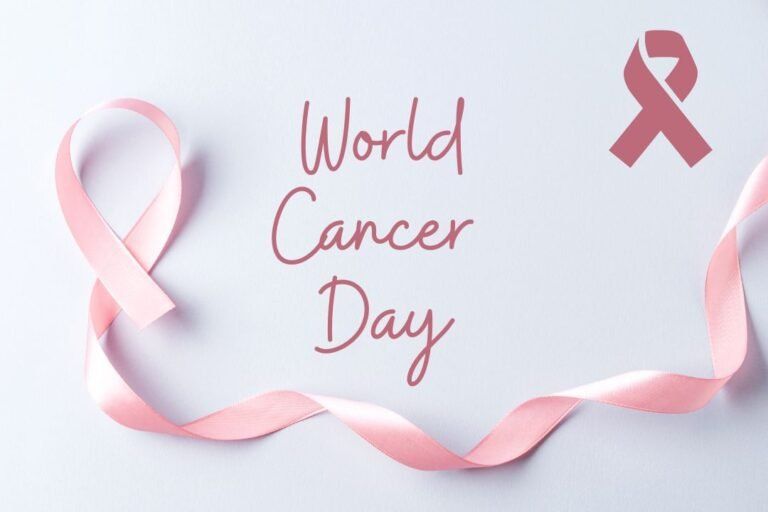Eradicating Leprosy: Progress and Challenges on World Leprosy Day
The annual observance of World Leprosy Day is a reminder of the progress that has been made in the fight against this ancient and devastating disease, but it is also a chance to reflect on the challenges that remain in eradicating leprosy, also known as Hansen’s disease. This is an important moment to recognize and celebrate the gains that have been made in treatments and access to care, as well as to discuss the crucial next steps in achieving a world free of leprosy.
While incidences of leprosy have declined over the past few decades due to increased awareness, improved treatments, and broader access to care, it is still a major public health issue in many parts of the world. An estimated 200,000 new cases continue to be reported each year, the majority in India, Brazil, and Indonesia.
It is essential that continued investments are made in research and development for better treatments, more effective preventative strategies, and access to quality healthcare for those affected.
Let’s delve into the details of leprosy to get a better understanding.
1. History of leprosy and World Leprosy Day
Leprosy is a chronic infectious disease, caused by Mycobacterium leprae, that has been recognized since ancient times. The disease has been documented in numerous civilizations, including those of India, China, Egypt, and Europe. In the Middle Ages, it was known as the “living death” and was feared by people all over the world.
World Leprosy Day was first observed in 1954 and is celebrated every year on the last Sunday of January. The day is dedicated to raising awareness about the disease and its prevention. It is also meant to help reduce the stigma and discrimination associated with leprosy by educating people about its causes and treatments.
2. Current status of leprosy worldwide
Leprosy is a devastating infectious disease that continues to be a global public health concern. Despite the availability of effective treatment and prevention strategies, it continues to cause physical, psychological, and social stigma for those affected.
In recent years, the global prevalence of leprosy has seen a downward trend. This includes regions that are considered to be endemic for the disease, such as parts of Africa, South Asia, and Latin America. While this is an encouraging sign of progress, the fight against leprosy is far from over. Health organizations around the world must continue to focus on providing adequate access to diagnosis and treatment, as well as promoting awareness and understanding of the disease. Without such concerted efforts, leprosy will remain a global health issue for years to come.
The World Health Organization has set a goal of ending leprosy as a public health problem by 2030, and while progress has been made, there is still much work to be done to achieve this goal. This World Leprosy Day, let us recognize the progress that has been made and renew our commitment to eradicating leprosy and helping those affected by it.
3. Progress made in leprosy treatment and care
On World Leprosy Day, we take this time to reflect on how far we have come in the treatment and care of leprosy. In the past century, great strides have been made in leprosy treatments, largely due to the development of MDT (Multi-Drug Therapy). This drug combination has been responsible for curing 95 percent of those affected by leprosy. It is also the only drug regimen proven to reduce the risk of transmission of the disease.
Additionally, new drugs are being tested that are expected to shorten the duration of treatment, making leprosy even easier to treat. We have also seen major improvements in the care and rehabilitation of those affected by leprosy. From social inclusion initiatives to health education, there has been a marked improvement in the quality of life of people living with leprosy.
4. Challenges in eradicating leprosy
Despite the progress that has been made in eradicating leprosy, there are still many challenges that must be addressed.
Firstly, there is a lack of public awareness about leprosy, which leads to misdiagnosis and inadequate access to diagnosis and treatment.
Secondly, the stigma associated with leprosy creates an environment of fear and shame, leading to further delays in diagnosis and treatment.
Thirdly, the poor socioeconomic status of many of those affected compounds the other challenges, making it difficult for them to access the necessary treatment.
Finally, there is a lack of resources for those affected and their families, leading to inadequate support for a successful recovery and reintegration into the community.
5. Ways to support leprosy awareness and research
World Leprosy Day serves as an important reminder of the progress that has been made in eradicating leprosy and the challenges that remain. In honor of this day, here are five ways to support leprosy awareness and research:
a. Educate yourself and others: Learn more about leprosy and share what you know with family and friends.
b. Donate: Make a financial contribution to help fund leprosy research and support programs.
c. Support advocacy campaigns: Participate in campaigns to raise awareness about leprosy and its impact on people.
d. Volunteer: Find ways to volunteer with organizations that support leprosy awareness and research.
e. Spread the word: Share information about leprosy and its effects with your online communities.
Conclusion
On World Leprosy Day, it is important to recognize the progress made towards the eradication of leprosy, as well as the challenges that remain. With increased awareness, access to treatment, and early detection, the world can continue to make progress in the fight against leprosy.
The combination of public and private efforts, along with improved access to health care, are essential to ending the suffering caused by this ancient disease.







I don’t think the title of your article matches the content lol. Just kidding, mainly because I had some doubts after reading the article.
I don’t think the title of your article matches the content lol. Just kidding, mainly because I had some doubts after reading the article.
Can you be more specific about the content of your article? After reading it, I still have some doubts. Hope you can help me.
Your point of view caught my eye and was very interesting. Thanks. I have a question for you.
Your point of view caught my eye and was very interesting. Thanks. I have a question for you.